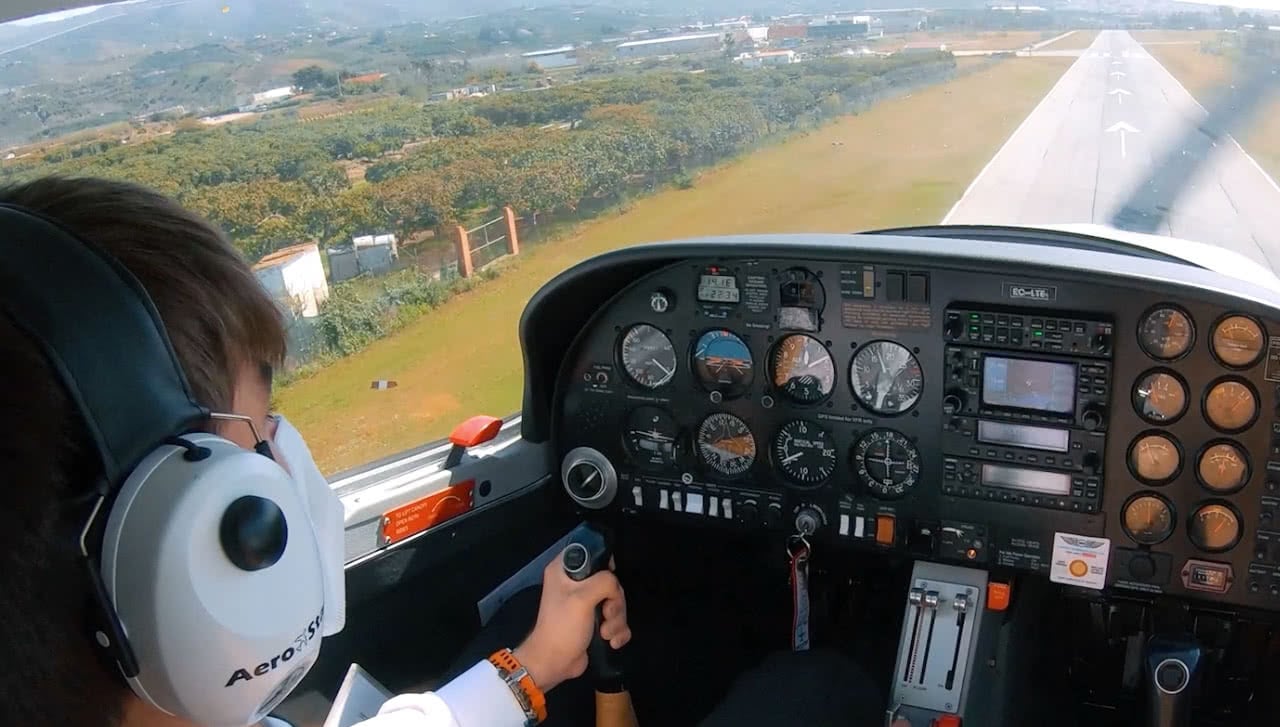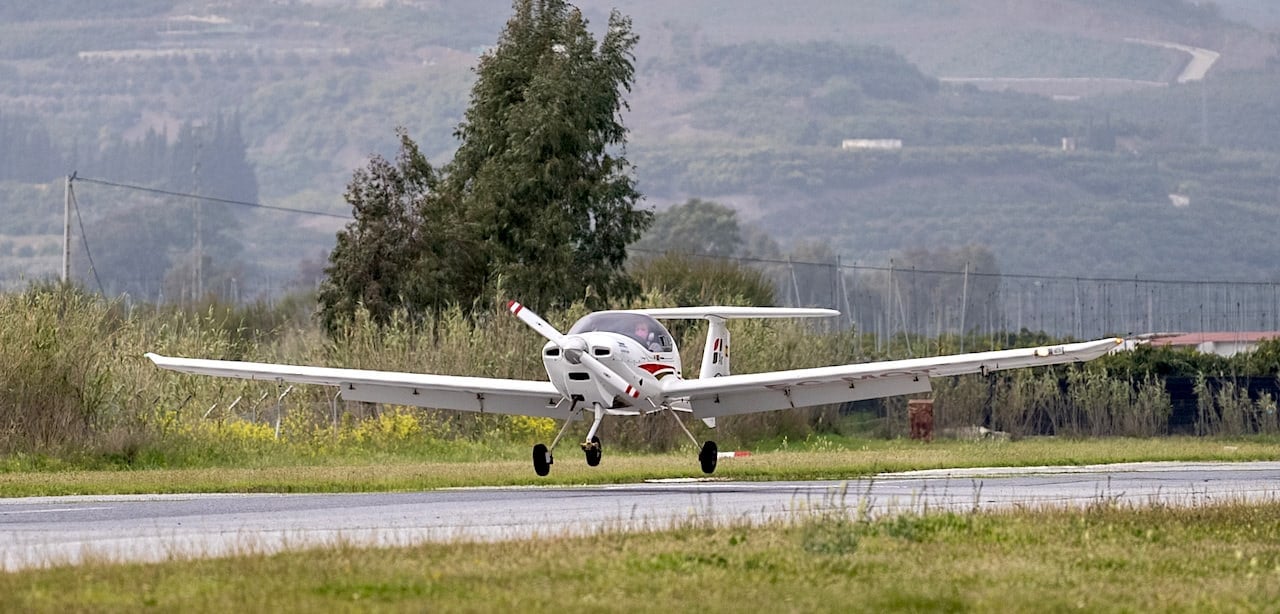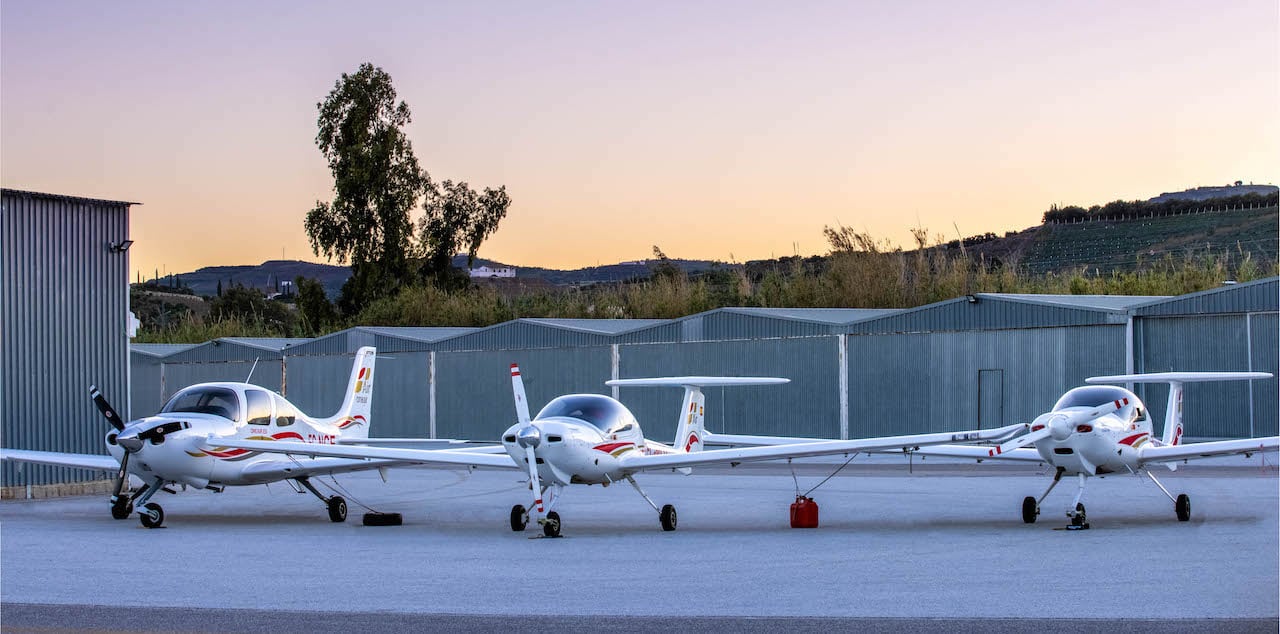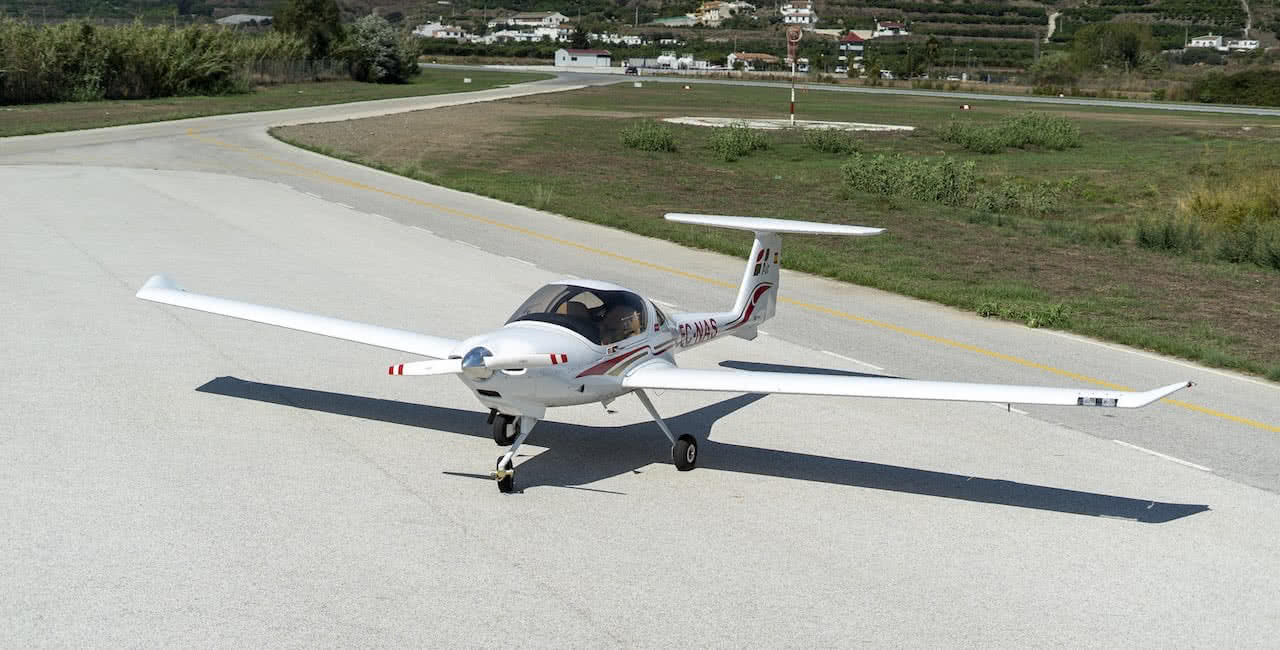Pilots spend most of their time flying from one place to another but, for safety, there must be a procedure for flying safely near airports; this is known as airport traffic pattern.
The airport traffic pattern (or traffic circuit) is a pattern that is established or “imagined” with respect to a runway and that allows one or more aircraft to fly safely on it.
Imagine several commercial flights arriving from different points at the same airport, how should they overfly while maintaining order and safety?
That’s what today’s post is about.






